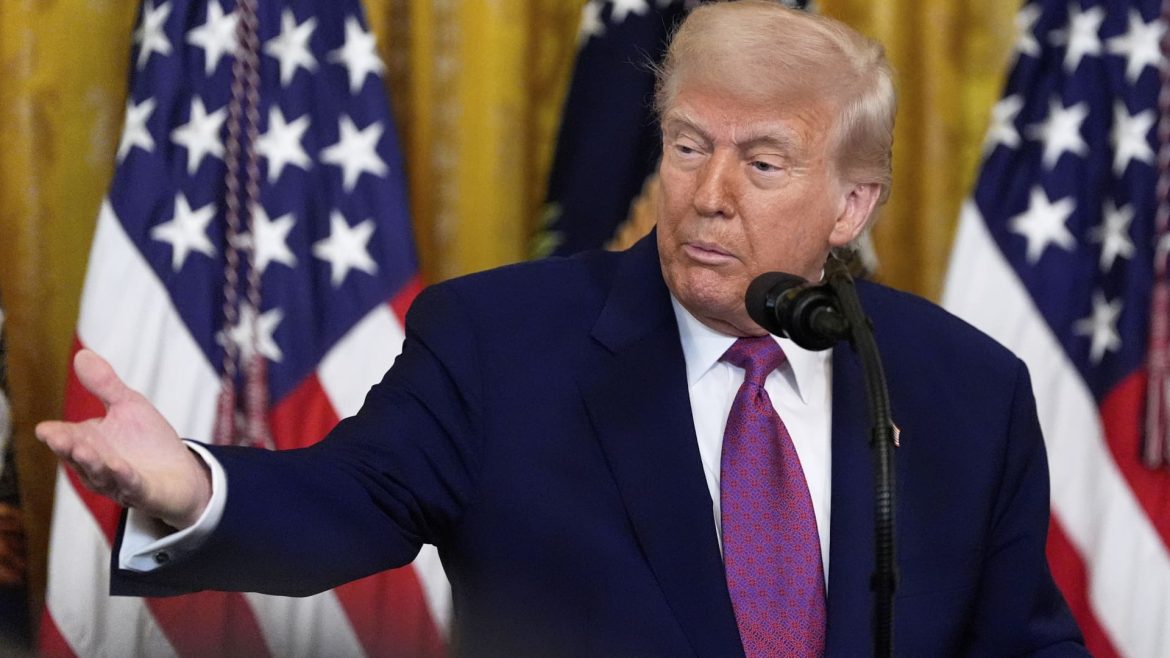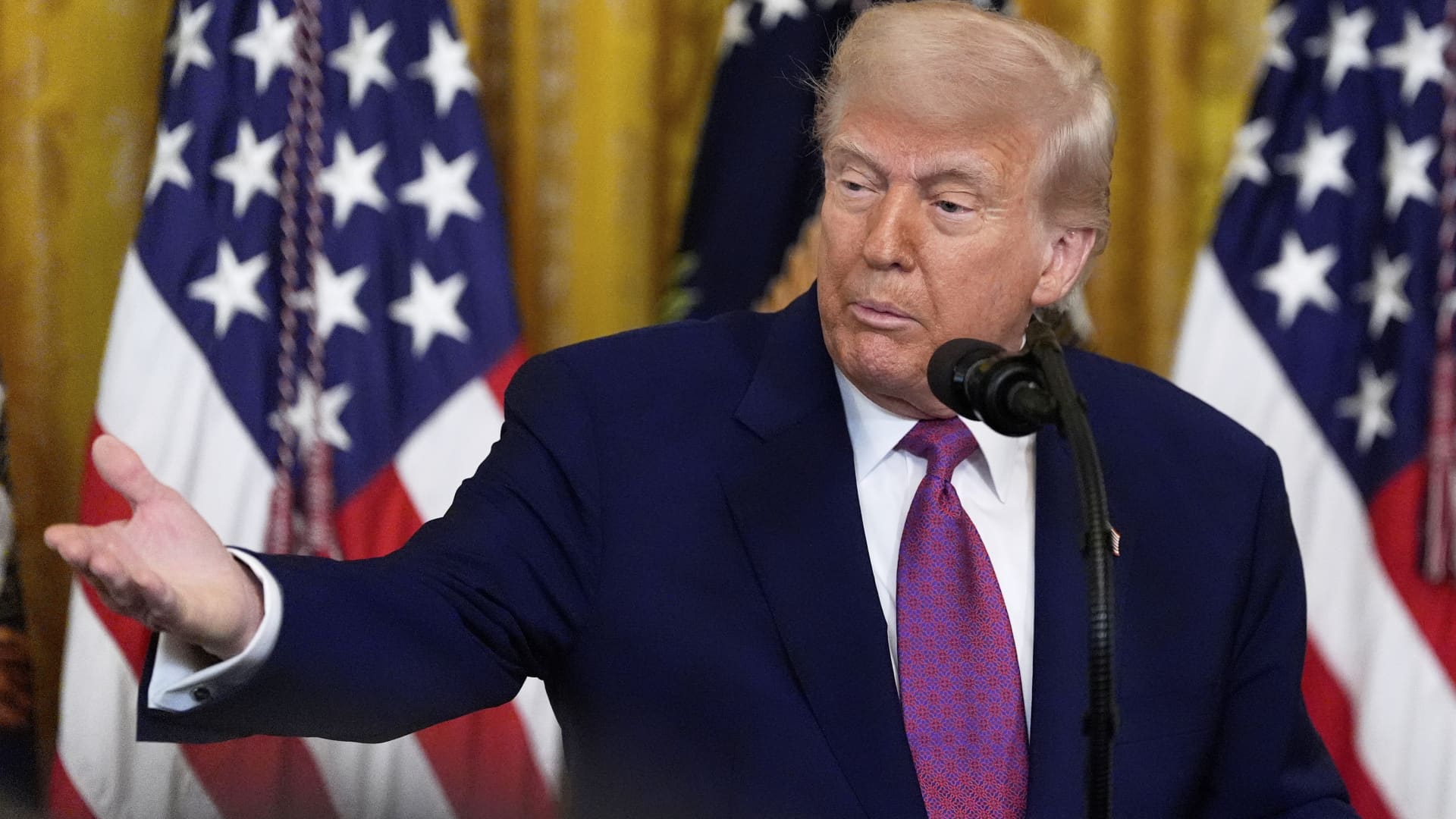The Persistent Feud: President Trump’s Challenge to Fed Chair Jerome Powell Over Interest Rates
President Donald Trump’s ongoing criticism of Federal Reserve Chair Jerome Powell has created a highly charged narrative about U.S. monetary policy, centering on the question of interest rate adjustments. This dispute reveals much about the challenging dynamics between the executive branch and the independent central bank, raising issues about economic strategy, political pressure on monetary policy, and market responses.
The Core Conflict: Pressure to Cut Interest Rates
Trump has consistently urged Powell to cut interest rates, accusing him of being too cautious or reluctant. The President’s sharp language includes calling Powell a “numbskull,” “unbelievable,” and even a “fool,” especially following decisions where the Federal Reserve opted to keep rates unchanged or avoided large rate cuts. Trump asserts that lowering rates would stimulate economic growth and federal savings, particularly amid concerns about tariffs and market volatility.
Trump’s public statements emphasize that he believes the Federal Reserve is making a “mistake” by maintaining higher borrowing costs, which he claims suppress growth and job creation. There is an undertone that the President views Powell’s cautious stance as politically motivated or disconnected from the economic realities he perceives, leading to accusations that Powell is “playing politics.”
Powell’s Position and the Federal Reserve’s Independence
Jerome Powell and the Federal Reserve have repeatedly defended their approach, underscoring their independence from political influence in setting monetary policy. Powell has highlighted that decisions on interest rates are data-driven — relying on economic indicators such as inflation, employment figures, and overall economic health — rather than political pressure.
Despite Trump’s calls for rate cuts, Powell has maintained that the economic data at times do not justify aggressive lowering of borrowing costs, particularly when labor market strength and inflation considerations are factored in. This independent stance is pivotal for the Fed’s credibility but puts Powell in direct conflict with the President’s demands.
Political and Economic Implications of the Feud
The feud illustrates tensions between fiscal and monetary authorities: while the President seeks swift moves to deploy monetary policy as a tool to complement his economic agenda (including tariff-driven trade disputes), the Fed prioritizes long-term economic stability and inflation control.
This dispute has potential ramifications:
– Market Volatility: Investor sentiment can be shaken by political criticisms of the Fed chair, creating uncertainty that impacts stock prices, bond yields, and currency values. Trump’s critical remarks and warnings about possible removal of Powell at times caused market ripples.
– Perception of Fed Independence: The repeated attacks raise concerns about executive branch interference with the Fed’s autonomy. Although legally Powell cannot be easily removed before the end of his term, the very public nature of these criticisms challenges norms of institutional respect.
– Economic Policy Clarity: Mixed signals from the government and the Fed may confuse business leaders and consumers, possibly affecting lending, investment decisions, and economic confidence.
Trump’s Strategy and Rhetoric
Trump’s aggressive rhetoric — publicly dubbing Powell a “numbskull” and criticizing his policy decisions — appears aimed at mobilizing political and public opinion to pressure the Fed. Alongside these verbal barbs, Trump has hinted at leveraging presidential authority to replace Powell, though this is legally constrained.
At the same time, Trump’s strategy targets the economic narrative by linking rate cuts to job creation, federal budget savings, and growth, framing rate hikes as a self-inflicted wound by the Fed under Powell’s stewardship.
Market and Expert Reactions
Markets have had mixed reactions to this ongoing confrontation. Sometimes, calls for rate cuts by Trump spark rallies in stocks and other risk assets, yet sharp criticisms of Powell also generate uncertainty. Analysts note that data such as unexpectedly strong jobs reports reduce the likelihood of immediate rate cuts, complicating Trump’s push.
Economists and former Fed officials often stress that monetary policy should remain insulated from political winds to maintain credibility and long-term economic health, emphasizing that premature or politically motivated cuts risk overheating the economy or causing future instability.
Conclusion: A Clash of Perspectives with Broad Consequences
The battle between President Trump and Fed Chair Jerome Powell over interest rates is emblematic of deeper tensions between political goals and monetary policy constraints. Trump’s insistence on aggressively cutting interest rates contrasts sharply with Powell’s measured, data-driven approach aimed at balancing growth with inflation control and financial stability.
This ongoing public feud, fueled by sharp language and high stakes, underscores the challenges inherent when the head of the U.S. central bank faces pressure from the President who seeks faster, more politically aligned economic interventions. The outcome of this clash will continue to reverberate through markets, policy circles, and the economy at large, shaping expectations for how U.S. monetary policy evolves amid political turbulence.
In essence, the dispute is more than a personal quarrel; it frames a critical debate about the role of the Federal Reserve, the independence of economic policymaking, and the interaction between politics and markets in an era of complex economic challenges.





